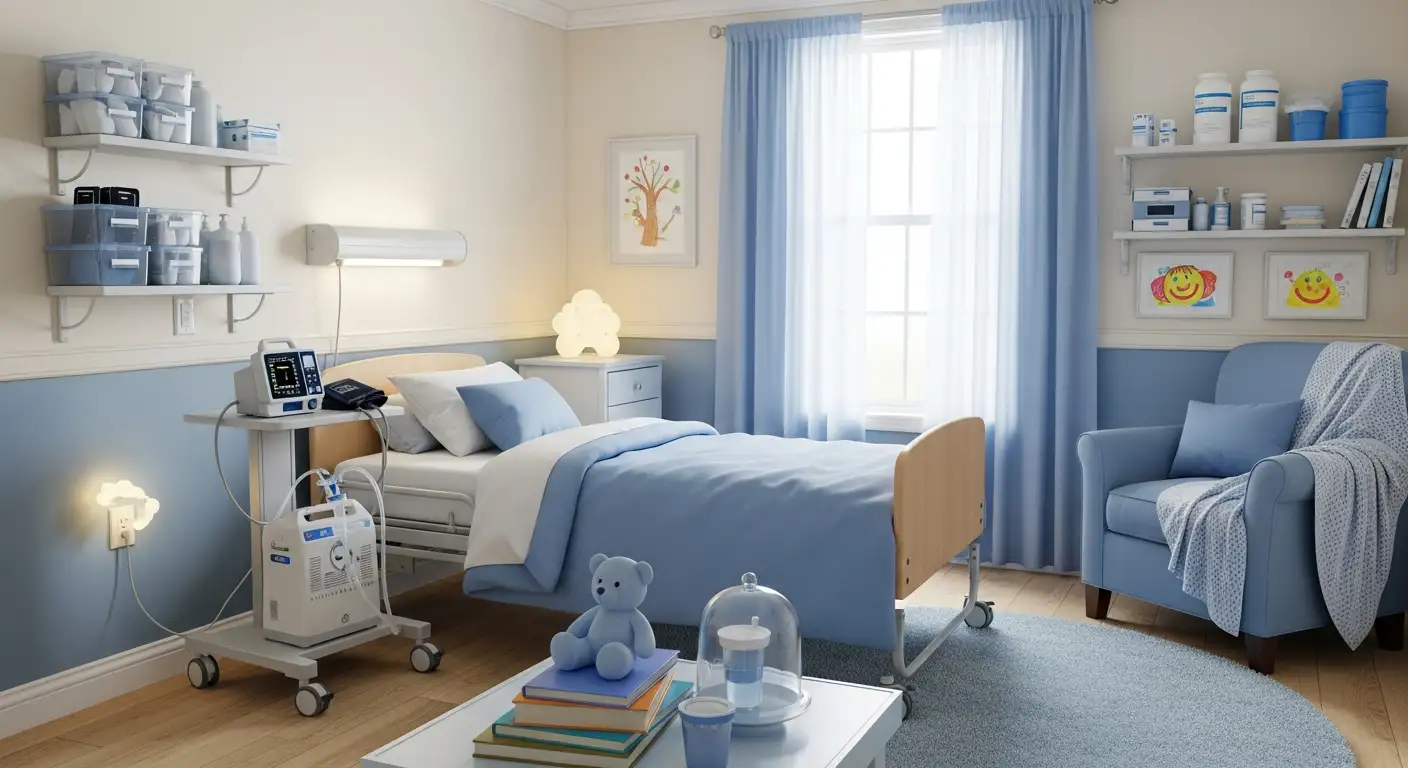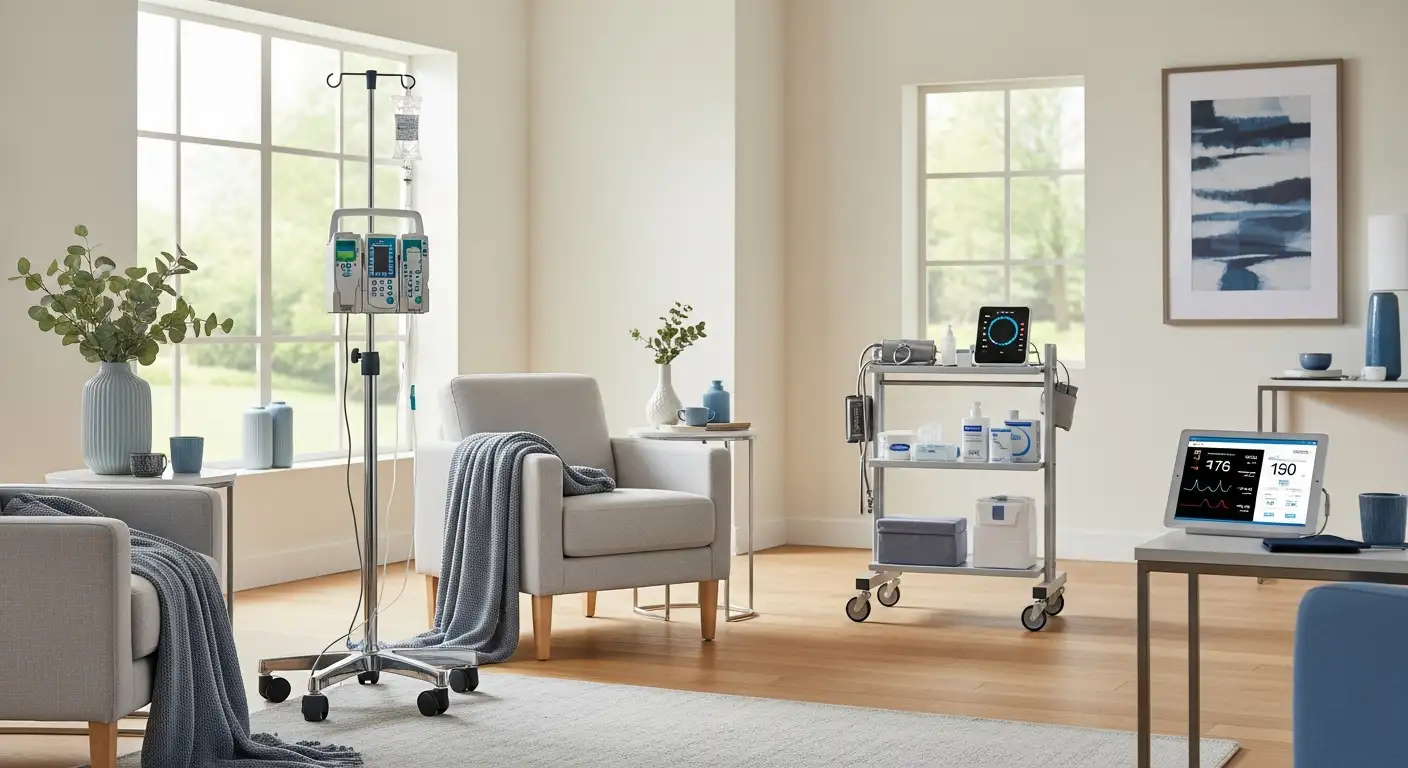Understanding the Role of Pediatric Home Care in Managing Cerebral Palsy
Pediatric home care has emerged as a vital component in supporting children with cerebral palsy (CP) and their families. It brings specialized medical and therapeutic services directly into the familiar environment of the child's home, fostering stability, emotional security, and ongoing developmental progress. This article explores how in-home pediatric care simplifies complex medical routines, supports therapy adherence, enhances quality of life, and empowers families in managing the multifaceted needs of children living with CP.
Personalized, Multidisciplinary Care in a Familiar Environment
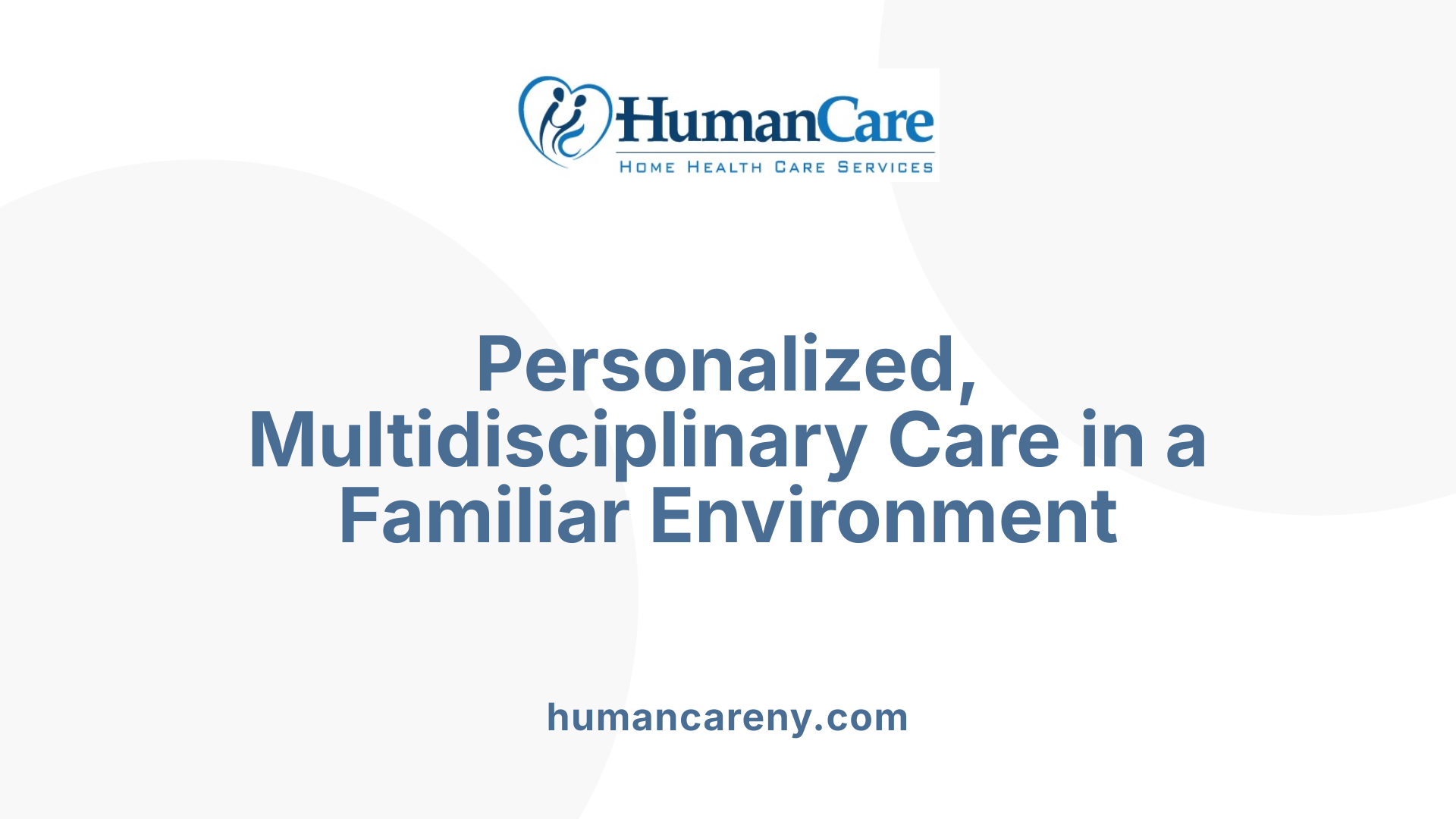 Children living with cerebral palsy have a complex array of care needs that extend across their physical, emotional, and developmental domains. Addressing these needs requires a coordinated approach that involves regular medical monitoring, therapy, and family support. Pediatric home care offers a comprehensive solution by bringing specialized services directly into the child's home, fostering stability and consistency.
Children living with cerebral palsy have a complex array of care needs that extend across their physical, emotional, and developmental domains. Addressing these needs requires a coordinated approach that involves regular medical monitoring, therapy, and family support. Pediatric home care offers a comprehensive solution by bringing specialized services directly into the child's home, fostering stability and consistency.
One of the foundational aspects of this care is ongoing medical monitoring and medication management. Skilled nurses regularly assess the child's health status, adjust medications as prescribed, and monitor for any potential complications, ensuring optimal medical control. This constant oversight helps prevent emergencies, manage pain, and maintain overall stability.
Therapeutic interventions are crucial in supporting children with cerebral palsy. Physical therapy aims to improve muscle strength, flexibility, and prevent joint contractures, which are common concerns. Occupational therapy supports the child's ability to perform daily activities independently, promoting participation and self-confidence. Meanwhile, speech therapy addresses communication challenges and swallowing difficulties, helping children express themselves and enjoy a better quality of life.
Care plans are meticulously tailored to meet each child's unique needs. These individualized programs incorporate goal-specific therapies, adaptive devices, and activities that promote motor skills, cognitive development, and emotional well-being. Adjustments to these plans are made regularly, based on the child’s progress and evolving requirements, ensuring continuous and personalized support.
The integration of medical equipment support further enhances care delivery. Assistive devices such as braces, mobility aids, and communication tools are essential in helping children achieve greater independence. Home care teams are trained to assist with these devices, ensuring their proper use and maintenance. This personalized approach not only supports physical health but also boosts confidence and social participation.
What are the care needs of a child living with cerebral palsy?
Children with cerebral palsy require a broad spectrum of services to support their movement, communication, and daily needs. Regular physiotherapy enhances muscle strength and joint flexibility, while speech therapy improves communication and swallowing. Occupational therapy helps promote independence with daily activities. Medical management may include medications or surgeries to control spasticity and other symptoms. Secondary issues like pain, nutritional challenges, and behavioral concerns are addressed by a team of specialists. In essence, a personalized, multidisciplinary care approach is vital for improving their quality of life, development, and community participation.
What types of therapies and support mechanisms are involved in pediatric home care for cerebral palsy?
Child-focused home care involves a multidisciplinary team that delivers various therapies and support systems. Physical therapy enhances strength, mobility, and tone; occupational therapy improves daily function and adaptive use of devices; speech-language therapy fosters communication and safe swallowing. The team also employs orthotic devices, assistive technology, and medication management to control spasticity. Caregivers are trained to implement therapy exercises and use equipment safely, ensuring that interventions are seamlessly integrated into everyday routines. This collaborative approach ensures that therapy goals are personalized and adaptable as the child progresses.
How does pediatric home care improve the quality of life and developmental support for children with cerebral palsy?
Providing care within the family’s familiar surroundings significantly enhances emotional security and reduces anxiety for children with cerebral palsy. Early, consistent intervention through therapies fosters neuroplasticity—key to improving motor and cognitive skills. Family involvement and caregiver training empower parents to take an active role, ensuring therapy continuity and strengthening bonds. Coordinated multidisciplinary services enable holistic health management, including pain control and transition planning for adolescents. Overall, home-based care creates a nurturing environment that encourages developmental gains, emotional well-being, and independence, leading to a better quality of life for both child and family.
Supporting Families with Resources, Respite, and Education
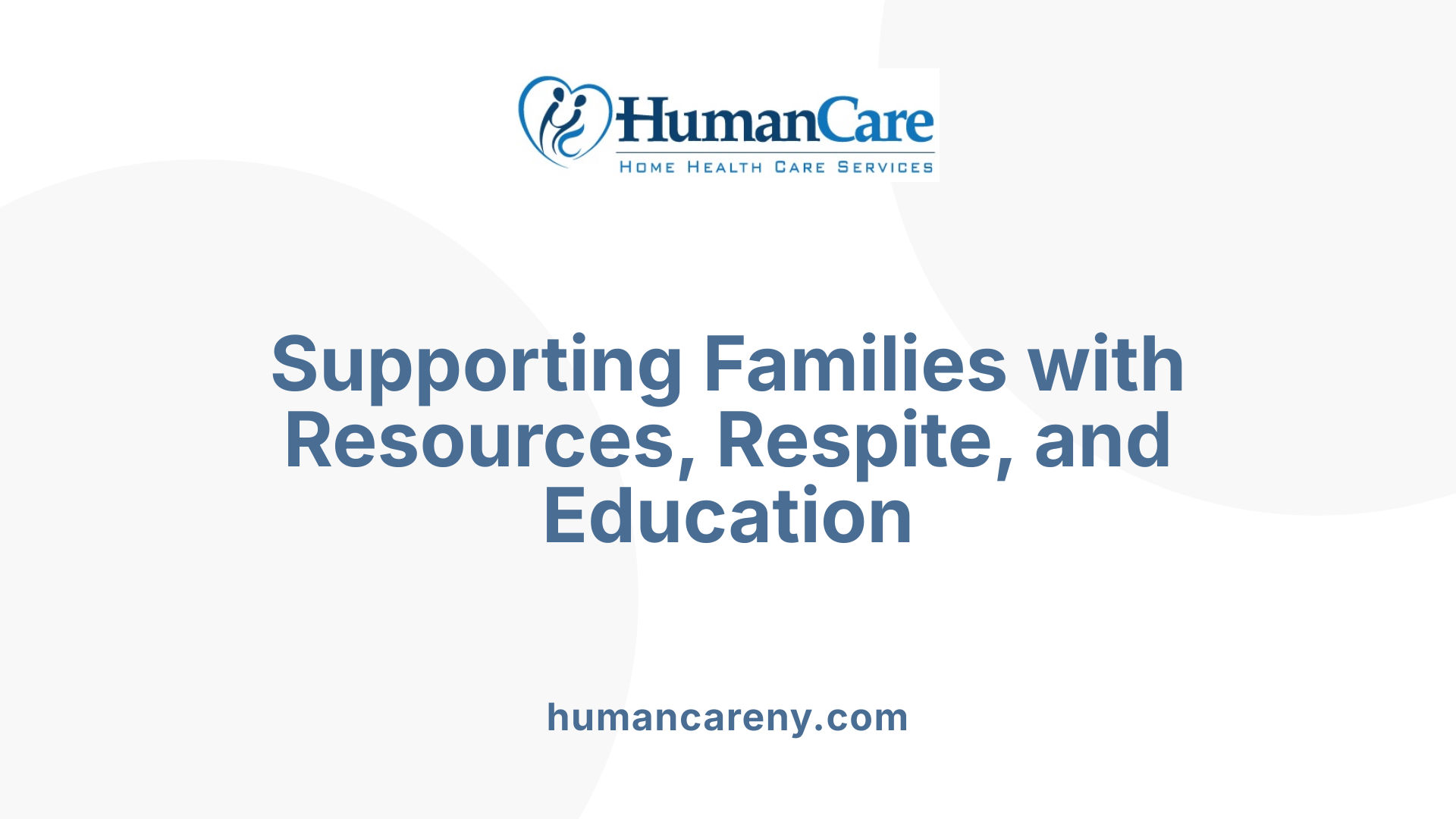
What resources and tips are available for caregivers caring for children with cerebral palsy at home?
Caring for a child with cerebral palsy in the home setting can be both rewarding and challenging. Fortunately, numerous resources are available to help families manage daily needs and improve their quality of life. Support organizations such as the United Cerebral Palsy (UCP), Easterseals, and Parent to Parent USA offer vital community support, advocacy, and practical advice tailored to families' unique situations.
Educational materials, including books, magazines, podcasts, and online courses, provide caregivers with valuable insights into caregiving strategies, medical management, and recent advances in cerebral palsy care. These resources empower families to make informed decisions and feel confident in their roles.
Utilizing early intervention programs, home therapy services, and respite care helps address developmental and medical needs effectively while giving caregivers much-needed breaks. Maintaining organization through detailed medical records, staying informed about treatment options, and collaborating with multidisciplinary teams—including nutritionists, therapists, and primary care providers—are essential for effective care.
Caregivers should prioritize self-care, engage children with adaptive activities to foster independence, and connect with support networks and community groups. These efforts create a positive environment that promotes the child's well-being and supports family resilience.
What is respite care, and how does it benefit families of children with cerebral palsy?
Respite care offers temporary relief to parents and caregivers, providing time for rest, personal activities, or addressing other responsibilities. It is a vital service that helps prevent caregiver burnout and supports overall family health.
Respite services can be delivered in-home or outside, such as in group homes, daycare centers, hospitals, or specialized camps. Out-of-home respite often provides children with social interaction opportunities and engaging activities under the supervision of trained professionals, which can also promote their social development.
The costs of respite care vary but are often subsidized by non-profit organizations like Easterseals, government programs, Medicaid, or long-term care insurance, making it accessible to many families. Regularly scheduled respite breaks can significantly reduce stress, enhance mental health, and improve the physical well-being of caregivers.
By taking advantage of respite services, families can rejuvenate, maintain bonding, and better cope with the ongoing demands of caregiving. This ultimately benefits both the caregiver's health and the child's developmental progress.
Why is caregiver well-being important in pediatric cerebral palsy support, and how can it be promoted?
The well-being of caregivers is essential for maintaining the quality of care provided to children with cerebral palsy. The physical, emotional, and mental demands of caring for a child with complex needs can lead to stress, fatigue, health issues, and burnout if not managed properly.
Caregiver stress is often compounded by challenges such as managing difficult behaviors, coordinating multiple therapies, and navigating medical and educational systems. Recognizing these pressures, it is important to implement support strategies that foster resilience.
Promoting caregiver well-being involves providing access to social and emotional support networks, mental health resources, and education on behavior management and stress reduction techniques. Engaging in self-care activities, like maintaining a healthy diet, ensuring adequate sleep, and participating in relaxation and hobbies, can improve resilience and overall health.
Community involvement, such as joining support groups or caregiver networks, helps families share experiences, exchange advice, and lessen feelings of isolation. Respite care services also play a crucial role, providing caregivers with much-needed breaks.
Supporting family functioning through effective communication and resource sharing, along with fostering positive interactions within the family unit, further enhances caregiver health. When caregivers are supported and healthy, they are better equipped to provide sustained, compassionate, and effective care, fostering positive outcomes for children with cerebral palsy.
| Resources | Support Provided | How They Help |
|---|---|---|
| UCP, Easterseals, Parent to Parent USA | Community support, advocacy, practical advice | Reduce isolation, enhance advocacy skills |
| Educational materials (books, podcasts) | Knowledge enhancement | Empower caregivers, improve care strategies |
| Support groups | Emotional and social support | Share experiences, build community |
| Respite care | Temporary relief | Prevent burnout, promote well-being |
| Professional mental health services | Psychological support | Manage stress, improve resilience |
This comprehensive approach to supporting families through educational, emotional, and practical resources helps ensure that children with cerebral palsy receive the best possible care, and families maintain their strength and well-being.
Home Modifications to Support Independence and Safety
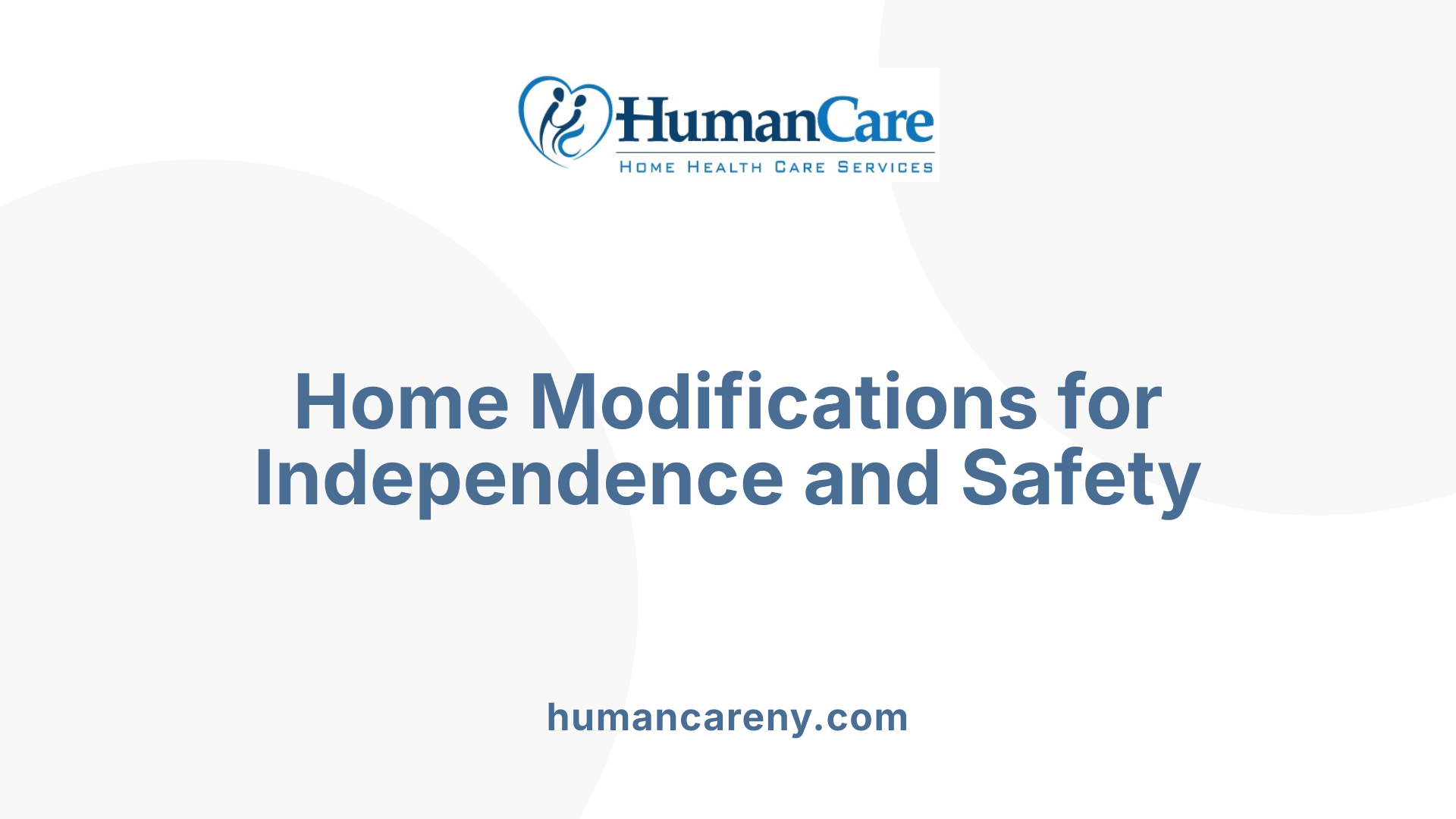
What home modifications can support children with cerebral palsy?
Enhancing a home environment for children with cerebral palsy involves several strategic modifications that promote safety, accessibility, and independence. Essential changes include installing ramps at entrances, stair lifts for multi-level homes, and widening doorways to accommodate wheelchairs or walkers. Inside the house, lowering sinks and counters makes them accessible for children with limited mobility. Bathroom modifications such as accessible showers, reinforced walls for grab bars, and non-slip flooring help prevent falls and facilitate independent or assisted hygiene routines.
Rearranged furniture improves ease of movement and access, especially in tight spaces or where mobility devices are used. Strategic placement of outlets, switches, and assistive devices makes daily activities more manageable. Universal design principles guide these adjustments, ensuring that homes are adaptable to a wide range of needs and abilities. Funding sources including government programs, grants, and nonprofit organizations play a crucial role in helping families afford and implement these modifications. These efforts aim to transform living spaces into barrier-free environments that enhance the child's quality of life.
How do home modifications improve safety and independence for children with cerebral palsy?
Implementing targeted home modifications significantly boosts both safety and independence for children with cerebral palsy. Accessible pathways, such as ramps and widened doorways, facilitate wheelchair use and reduce the risk of accidents during movement. Safety features like grab bars in bathrooms, reinforced areas, and non-slip flooring prevent falls and injuries.
Adaptive furniture and assistive devices, including specialized beds, chairs, and communication aids, support children in performing daily tasks with increased autonomy. These modifications enable children to participate more fully in routines like dressing, eating, and self-care, thereby fostering confidence and fostering a sense of control.
Personalized modifications tailored to individual needs can also support therapeutic activities, such as physical exercises or mobility training, within the home setting. Funding programs and grants are vital in helping families implement these changes, making their homes safer and more welcoming. Overall, well-planned modifications create a supportive environment where children with cerebral palsy can thrive both safely and independently.
Ensuring Continuity of Medical and Therapeutic Care at Home

How does pediatric home care support ongoing medical and developmental monitoring?
Regular visits from healthcare professionals such as nurses, therapists, and other specialists are the cornerstone of pediatric home care. These in-home sessions provide consistent oversight of the child's health, enabling early detection of any changes or issues that may arise.
During these visits, providers assess the effectiveness of ongoing therapies, monitor vital signs, and review medication management. They also check for developmental milestones, ensuring that the child is progressing appropriately and identifying any areas needing additional support.
Collaborating with primary care physicians and specialists helps keep the treatment approach coordinated and current. This teamwork guarantees that therapeutic and medical interventions adapt to the child's evolving needs, including screening for potential comorbidities like sensory impairments, epilepsy, or behavioral challenges.
Through regular assessments, providers can promptly address issues such as pain, fatigue, or orthopedic problems, and modify care plans to foster better outcomes. Monitoring developmental progress through these visits encourages early intervention and supports children in achieving their best possible growth, independence, and quality of life.
Supporting Transition to Adulthood and Long-Term Wellness

How can pediatric home care support children with cerebral palsy as they transition to adulthood?
Supporting children with cerebral palsy as they grow into adults is a gradual process that requires careful planning and coordination. Pediatric home care services are integral to facilitating a smooth transition, ensuring continuity of care and promoting independence.
Early planning, ideally initiated between ages 12 and 14, lays the foundation for a successful transition. This involves developing a comprehensive health transition plan that includes assembling a medical team skilled in adult care, creating a detailed health history, and setting clear medical, educational, and social goals.
Building self-management skills is crucial. Young adults learn to manage medications, communicate effectively with healthcare providers, and make informed decisions about their health and daily activities. Home care providers often assist in teaching and reinforcing these skills, fostering confidence and independence.
Legal and financial considerations are also vital. Early discussions about guardianship, living arrangements, and financial planning—such as setting up savings or understanding insurance benefits—help prepare for adulthood's challenges. Including the family in these plans ensures a supportive environment for the young adult.
Throughout this process, pediatric home care continues to play a vital role. Skilled nurses and therapists provide ongoing medical support and monitor health conditions. They help facilitate engagement in community activities, education, and employment opportunities. This ongoing support helps the individual maintain developmental gains and achieve personal goals.
In summary, pediatric home care services do not cease as children become adults. Instead, they adapt to meet evolving needs, providing resources, expertise, and emotional support that foster independence, improve quality of life, and help young adults with cerebral palsy to thrive in their communities.
The Power of Home-Based Support in Enhancing Lives
Pediatric home care offers a comprehensive and compassionate approach to supporting children with cerebral palsy, enabling personalized, multidisciplinary interventions within the comfort of their home. From medical management and therapies to family support and environmental adaptations, in-home care addresses the full spectrum of needs, promoting independence, emotional security, and improved quality of life. As families navigate complex medical and developmental journeys, pediatric home care empowers them with resources, skills, and ongoing support, ensuring that children with cerebral palsy can thrive in a safe and nurturing environment.
References
- Caring for Children with CP
- Home Health Care: A Boost for Kids with Cerebral Palsy
- Pediatric Home Care for Complex Medical Needs | Americare
- Home Care Benefits for Cerebral Palsy - Pediatric Homecare
- Providing a Primary Care Medical Home for Children and Youth ...
- Cerebral palsy caregiver resources
- Cerebral Palsy Respite Care

